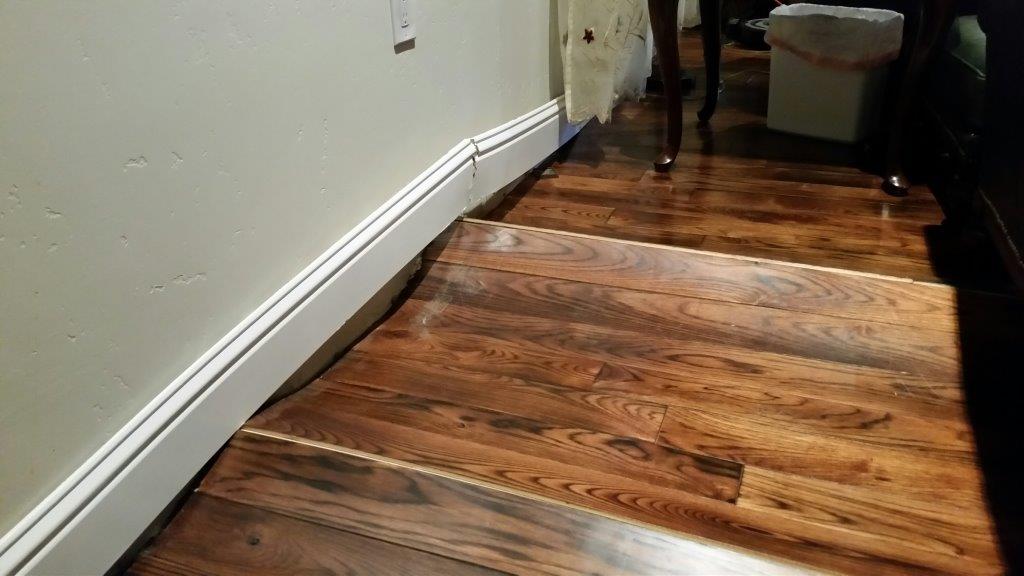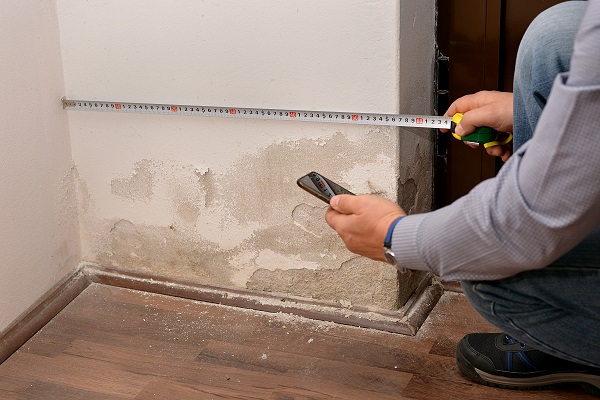Do's & Don'ts of Water Restoration.
Do's & Don'ts of Water Restoration.
Blog Article
What're your thoughts concerning What You Can Do At Home To Prevent Fire And Water Damage?

Water offers life, water intrusion on parts where it's not supposed to be can result in damage. Houses with water damage scent musty and old.
Water can come from several resources such as tropical cyclones, floods, ruptured pipelines, leaks, and sewer issues. In case you experience water damages, it would certainly be good to understand some safety precautions. Here are a couple of guidelines on just how to handle water damages.
Do Prioritize Home Insurance Coverage Coverage
Water damages from flooding dues to heavy winds is seasonal. You can also experience an unexpected flooding when a malfunctioning pipe unexpectedly bursts into your home. It would be best to have home insurance that covers both acts of God such as all-natural calamities, as well as emergency situations like broken plumbing.
Do Not Forget to Shut Off Energies
In the event of a calamity, especially if you live in a flood-prone location, it would be recommended to shut off the main electric circuit. This removes power to your entire home, preventing electrical shocks when water comes in as it is a conductor. Don't neglect to turn off the major water line valve. Furnishings will move about and cause damage when floodwaters are high. Having the major shutoff shut off protects against additional damages.
Do Stay Proactive as well as Heed Climate Alerts
Storm floods can be really uncertain. Remain proactive and prepared if there is a history of flooding in your community. Pay attention to discharge cautions if you live near a creek, river, or lake. Obtain belongings from the first stage and basement, after that placed them on the highest possible level. Doing so lowers possible property damages.
Don't Disregard the Roof
Before the weather transforms terrible, make certain you have a roof covering inspection. It would certainly be sensible to obtain this service every year as it can mitigate complicated issues. If there are no holes and also leaks in your roof, you can prevent rain damages. Your roofing contractor will also deal with defective rain gutters or any other indicators of weakening. This will avoid water from streaming down your wall surfaces and soaking your ceiling.
Do Take Notice Of Tiny Leaks
A burst pipeline doesn't take place overnight. Typically, there are red flags that indicate you have damaged pipes in your house. As an example, you might discover bubbling paint, peeling wallpaper, water streaks, water spots, or dripping noises behind the walls. Eventually, this pipeline will rupture. Preferably, you need to not wait on points to intensify. Have your plumbing fixed before it results in huge damages.
Do Not Panic in Case of a Burst Pipe
Maintaining your presence of mind is vital in a time of crisis. Panicking will just worsen the trouble because it will stifle you from acting fast. When it pertains to water damages, timing is crucial. The longer you wait, the more damage you can expect. Thus, if a pipeline bursts in your residence, right away shut down your major water shutoff to remove the source. Unplug all electrical outlets in the location or turn off the circuit breaker for that part of the house. Call a trusted water damages repair professional for assistance.
Water offers life, water intrusion on parts where it's not meant to be can result in damages. Homes with water damages odor old as well as mildewy.
Water damages from flood fees to hefty winds is seasonal. You may see bubbling paint, peeling wallpaper, water touches, water discolorations, or trickling audios behind the wall surfaces. When it comes to water damages, timing is vital.
Some Do's & Don't When Dealing with a Water Damage
DO:
Make sure the water source has been eliminated. Contact a plumber if needed. Turn off circuit breakers supplying electricity to wet areas and unplug any electronics that are on wet carpet or surfaces Remove small furniture items Remove as much excess water as possible by mopping or blotting; Use WHITE towels to blot wet carpeting Wipe water from wooden furniture after removing anything on it Remove and prop up wet upholstery cushions for even drying (check for any bleeding) Pin up curtains or furniture skirts if needed Place aluminum foil, saucers or wood blocks between furniture legs and wet carpet Turn on air conditioning for maximum drying in winter and open windows in the summer Open any drawers and cabinets affected for complete drying but do not force them open Remove any valuable art objects or paintings to a safe, dry place Open any suitcases or luggage that may have been affected to dry, preferably in sunlight Hang any fur or leather goods to dry at room temperature Punch small holes in sagging ceilings to relieve trapped water (don't forget to place pans beneath!); however, if the ceiling is sagging extremely low, stay out of the room and we'll take care of it DO NOT:
Leave wet fabrics in place; dry them as soon as possible Leave books, magazines or any other colored items on wet carpets or floor Use your household vacuum to remove water Use TV's or other electronics/appliances while standing on wet carpets or floors; especially not on wet concrete floors Turn on ceiling fixtures if the ceiling is wet Turn your heat up, unless instructed otherwise

We were shown that article on Preventing Fires and Water Damage In Your Home from a friend on another web page. Enjoyed our blog? Please share it. Let other people find it. We recognize the value of reading our article about Preventing Fires and Water Damage In Your Home.
Report this page